With help from next-generation particle accelerators, the approach may nail down the rate of oxygen production in the universe
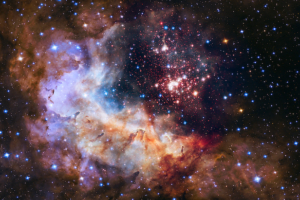 Astronomy
Astronomy

 Astronomy
Astronomy
With help from next-generation particle accelerators, the approach may nail down the rate of oxygen production in the universe
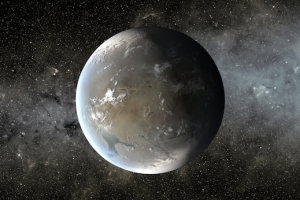 Deep Space
Deep Space
We take a look at the atmospheres of some distant worlds to find out
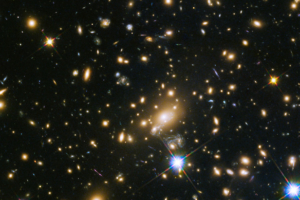 Deep Space
Deep Space
This oxygen detection provides strong evidence that star formation occurred just 250 million years after the Big Bang
 Space Exploration
Space Exploration
Hint: it’s not good news
 Deep Space
Deep Space
Dwarf galaxy J0811+4730 may serve well as a proxy for better understanding the developing chemistry of the young cosmos
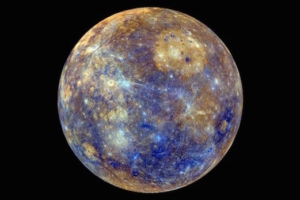 Solar System
Solar System
Research over the past three decades has suggested that water is frozen on the first rock from the Sun
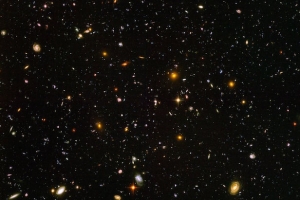 News
News
Astronomers have found that the earliest galaxies have been turning an unusual colour
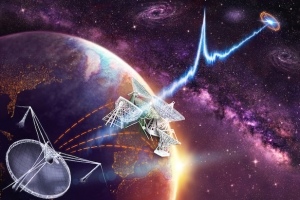 News
News
“Now we can do real astrophysical analysis on the burst source and the galaxy that harbours it,” says James Cordes of Cornell University
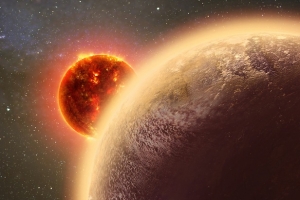 News
News
New research suggests that GJ 1132b’s atmosphere has a thin wispy atmosphere baked to a temperature of around 450 degrees Fahrenheit
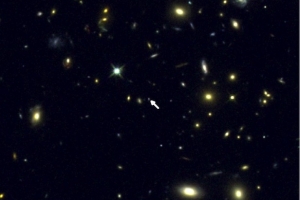 News
News
Quantifying the gas is key to understanding how matter cycles in and out of galaxies
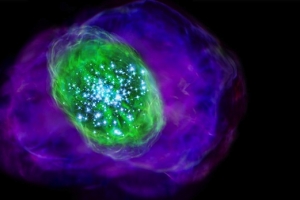 News
News
The new discovery provides a glimpse into what the universe was like in ancient times
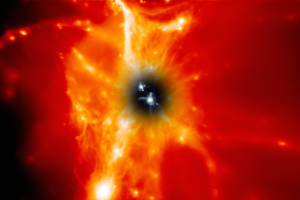 News
News
Galaxies “waste” large amounts of material generated by star formation, according to new research
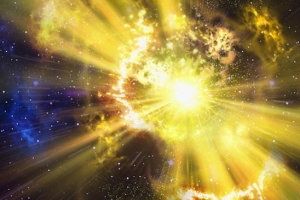 Deep Space
Deep Space
We find out if a supernova could kick-start a mass extinction
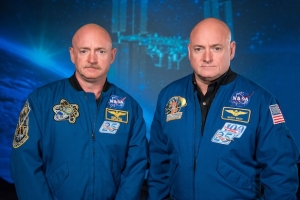 Space Exploration
Space Exploration
We find out how long astronauts can feasibly spend on board the Space Station
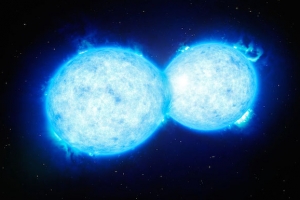 News
News
Using ESO’s Very Large Telescope, a binary star with two extreme components has been discovered
 Deep Space
Deep Space
We spoke to Professor Abel Méndez at the Planetary Habitability Laboratory at the University of Puerto Rico at Arecibo, to learn more about the potential for life on super-Earths
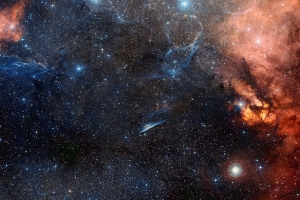 Deep Space
Deep Space
We zoomed into this fascinating structure and took a look
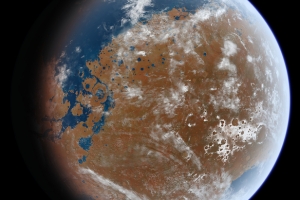 Solar System
Solar System
We take a look at whether early Mars was suitable for life as we know it
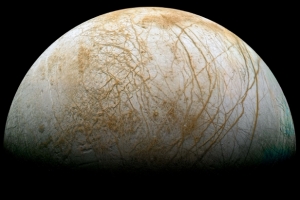 Solar System
Solar System
What lurks beneath this mysterious moon of Jupiter?